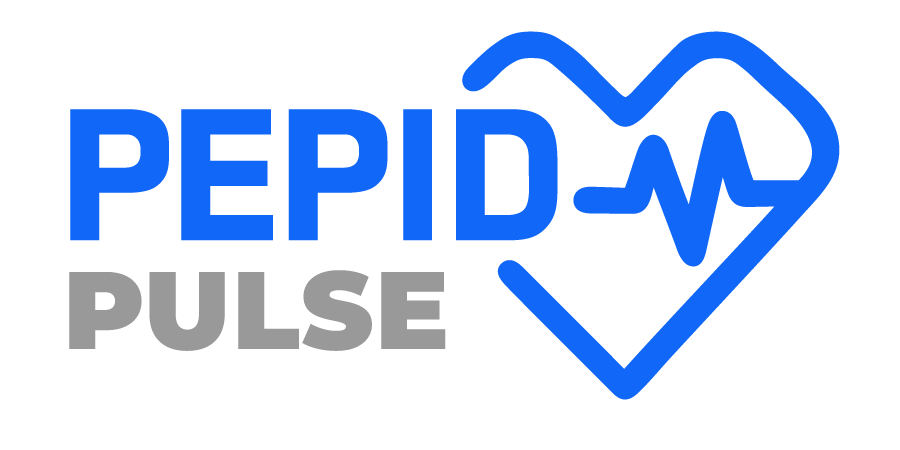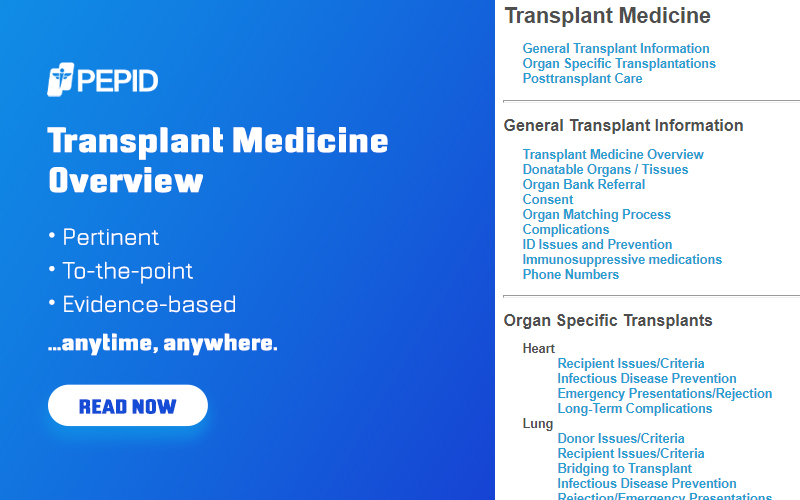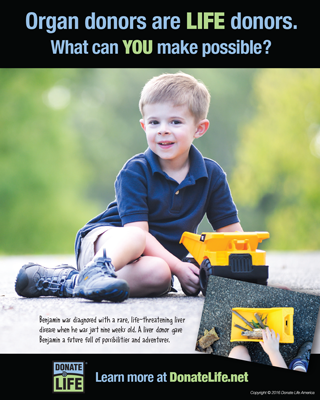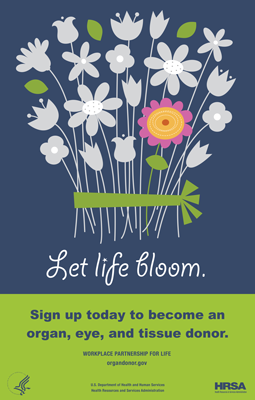Life-saving Potential
As a trusted health professional, your words on the topic can greatly impact perspectives on being an organ donor, help see through myths, and, at the very least, help people remember that donating is important. A single organ donor can save up to 8 lives, while one tissue donor can help up to 75 people!
Consider this: If you are responsible for encouraging even just one patient per year to sign up to be a donor over a 30-year career in medicine, that’s up to 240 more lives you will help save, and 2,250 more people you will benefit. That’s more people than the population some of the U.S.’s smallest towns.
Alleviate Fears with Facts
Here are the top 7 myths to prepare you for the conversations your patients really want to have about becoming an organ, eye, and tissue donor.
Myth 1: “If a doctor knows I am an organ donor, they will not try to save my life in an emergency situation.”
The Truth: If you are in a health crisis the nurse, doctor, or paramedic’s number one priority is to save your life. They will do everything possible to do just that. Every doctor pledges the Physician’s Pledge which includes “THE HEALTH AND WELL-BEING OF MY PATIENT will be my first consideration.”
Myth 2: “My religion does not support donation.”
The Truth: This is often a misunderstanding. The majority of major religions consider donation a decision of the individual, and many even go as far as supporting organ donation as a final act of love. OrganDonor.gov offers some details and quotes on this, or speak with your local faith leader to be sure.
Myth 3: “I might not be completely dead when they sign my death certificate.”
The Truth: When a registered organ donor is declared dead, doctors go through extra processes to verify that this is true (free of charge). As a part of the “Code of Medical Ethics” at least one physician other than the recipient’s physician must validate that the donor has deceased.
Myth 4: “I am too old, and my body won’t be useful.”
The Truth: In Canada the oldest organ donor was over 90 and the oldest tissue donor was over 100. With 8 possible organs to donate, tissue, and eyes, there’s always potential that you can help save someone waiting for a transplant. Each potential donation is evaluated on a case-to-case basis.
Myth 5: “I have a medical illness or past medical problem causing my organs to be of no use.”
The Truth: There are very few illnesses and conditions that prevent someone from being a donor. Before donation, your medical and social history will be reviewed to determine the possibility of any organ, eye, or tissue donation.
Myth 6: If I donate, I won’t be able to have an open casket.
The Truth: Doctors maintain the upmost respect for the donors while using a routine operation to remove your donations. An open casket won’t be a problem.
Myth 7: “The transplant allegation process is corrupt, the rich and famous are served first.”
The Truth: It is against the law to accept payment in exchange for an organ, and there is a regulated donor matching system based off of organ compatibility, location, and size that truly determines who will receive a donated organ.
Promote Donate Life at your Workplace
A picture says a thousand words. Something as easy as hanging a poster, or placing an educational brochure in your waiting room could instigate registration, or start the conversation about becoming a donor. There are plenty of free posters available online.
Free Print-it-Yourself Posters
Click on the posters below for the free printable version, as well as other options to display at your workplace.
Participate in National Donate Life Month
This year’s Donate Life theme is “Life is a beautiful ride.” Participate in the Donate Life campaign by expelling the myths about becoming an organ donor and encouraging your patients to register to be an organ donor. Donate Life also has a variety of media to utilize from posters, to Facebook filters, to web banners that you can share on your website, social media platforms, and on the walls of your waiting room. According to Donate Life, 95% of Americans are in favor of being a donor but only 58% are registered. You can help bridge the gap by spreading awareness to register today. Download and save the following social media infographic posts to demonstrate how many lives each donation saves and encourage your patient community to register as an organ donor.







